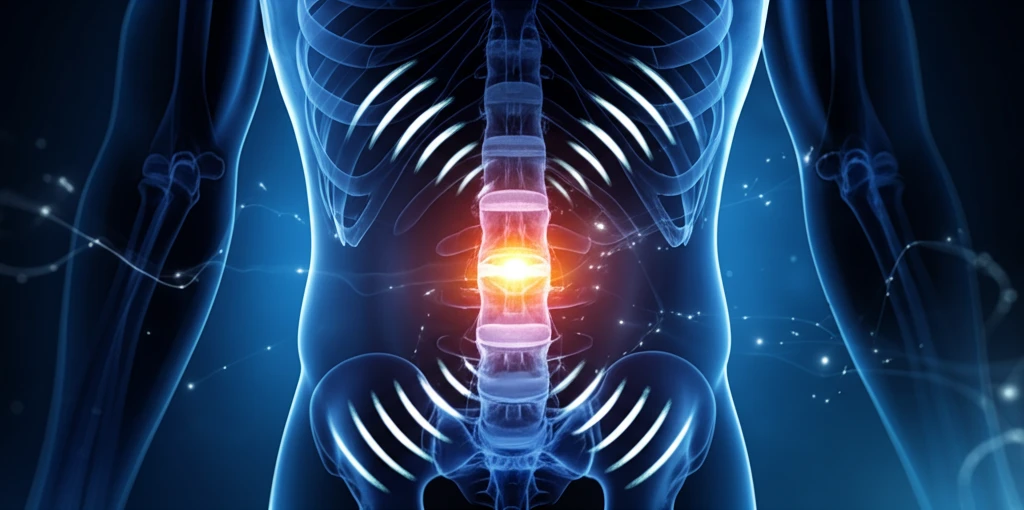
Is Radiofrequency Denervation the Key to Long-Term Lower Back Pain Relief?
"A look at a randomized study on radiofrequency lumbar facet denervation and its potential to reduce pain and serum beta-endorphin levels."
Chronic lower back pain (LBP) is a widespread problem, affecting approximately 80% of adults at some point in their lives. The facet joints in the spine are often implicated as a significant source of this pain, accounting for 15% to 40% of chronic LBP cases. Lumbar Facet Syndrome (LFS) can significantly impact an individual's quality of life, leading to decreased mobility and persistent discomfort.
Traditional treatments for LFS often involve pain management with medications like NSAIDs. However, a technique called radiofrequency (RF) lumbar facet denervation has emerged as a promising alternative. This procedure involves using radiofrequency energy to disrupt the nerves transmitting pain signals from the facet joints. While prior research indicates the potential of RF denervation, a direct comparison with NSAIDs has been lacking.
A randomized controlled study explored and directly compared RF denervation to NSAID treatment, focusing on changes in serum beta-endorphin levels, which are natural pain-relieving substances in the body. This study aimed to shed light on the effectiveness of RF denervation and its possible mechanisms for providing pain relief in individuals with LFS.
Radiofrequency Denervation vs. NSAIDs: Which Offers Better Pain Relief?

The study, published in the Journal of Spine in 2016, enrolled twenty-five participants diagnosed with LFS. Participants were randomly assigned to either the treatment arm, receiving percutaneous RF denervation, or the control arm, receiving medical treatment with NSAIDs. The participants were evaluated at baseline, 7 days post-intervention, and 28 days post-intervention. The primary endpoint was the pain visual analogue scale (VAS) score on day 28.
- Pain Intensity: Measured using a visual analogue scale (VAS) at days 0, 7, and 28.
- Quality of Life: Assessed using the Short Form-36 (SF-36) questionnaire.
- Serum Beta-Endorphin Levels: Measured at days 0, 7, and 28 to evaluate changes in natural pain relief.
The Future of Lower Back Pain Treatment
Radiofrequency lumbar facet denervation shows promise as a treatment for individuals with lumbar facet syndrome. While further research is needed to fully understand its long-term effects and the role of beta-endorphins, this study offers hope for those seeking alternatives to traditional pain management approaches.
